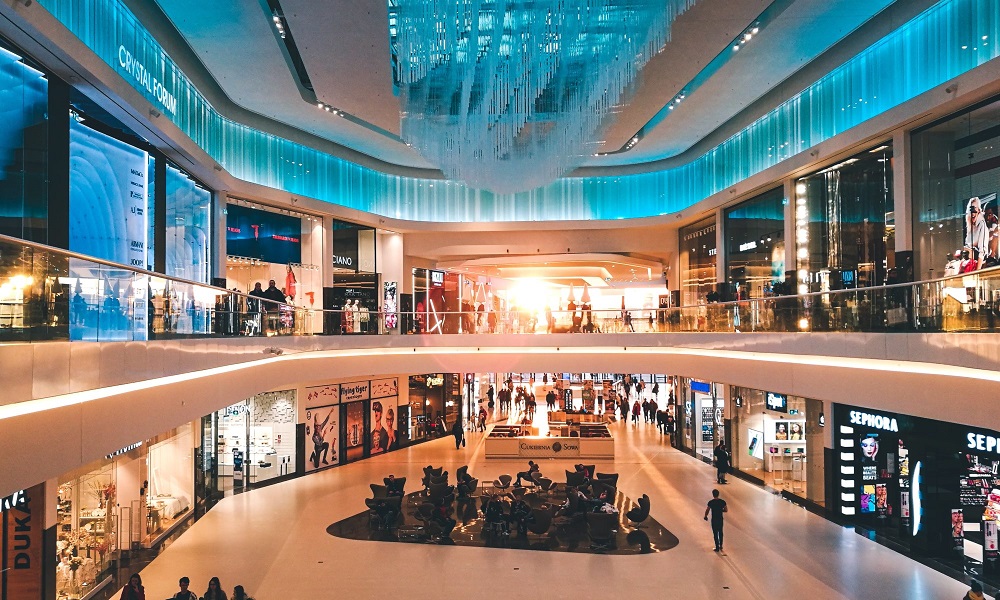Retail therapy was around before the Internet, and online shopping became popular. It ebbs and flows along with the economy. With COVID-19, shopping is no longer a diversion from daily stress but a survival necessity. We now have to plan our purchases to meet our budgets and needs. In other words, people have had to learn how to shop with a purpose. It has had three phases since the pandemic began: panic buying, overbuying, and the “new normal” buying, which entails increased online shopping.
Adapting to the COVID-19 Crisis
After COVID-19 was declared an official pandemic, most store shelves were emptied in hours. Residential parking lots were also jammed with cars. But it wasn’t just brick and mortar companies feeling the retail crush. Amazon had to restrict delivery to essential items only to cope with the deluge of orders. Logistic companies like FedEx and UPS experienced a surge in volume similar to the Christmas season. With time, however, panic buying has waned and given way to overbuying.
Overbuying was a response to lockdowns and stay-at-home orders throughout the country. Uncertain about the lockdown length, and whether other restrictive limits would be imposed, people bought more than they needed. Unlike mass panic buying, the overbuying phase was more selective. E-commerce consumer sales show that people were shifting their priorities. They minimized or stopped buying luxury items such as jewelry and automobiles altogether. On the other hand, the industries that saw soaring statistics include medical facilities, baby product companies, food and beverage, and cleaning companies.
Once people felt that they had sufficient quantities of essential items, they began analyzing what others had bought. Preparing for a new normal became the goal. With more time on their hands and uncertainty rising, shoppers pored over websites looking for the best deals. They paid more attention to reviews and what others were buying.
Online Shopping Changes
It wasn’t just the buyers who changed their behavior. Online retailers were also scrambling to adjust and adapt to the changing times. The effects of COVID-19 became new challenges to understand and deal with. Unlike traditional retail channels that took weeks to analyze, online sales can change in hours, not days. Retailers had to react positively or risked losing potential customers.
Web usage skyrocketed as people began clicking away. Unfortunately, not all online traffic resulted in sales. When consumer confidence fell, conversion rates dropped rapidly. Shoppers changed their behavior and expectations; thus, merchants had to make a change, too. Social media interaction and digital marketing began surpassing other forms of traditional advertising.
Typically, web traffic is consistent enough to apply a specific value that drives advertising prices and spending. As web traffic increased and conversions decreased, web traffic went down. Advertisers pulled back on online sales and began looking to place their ads in other channels with potentially better returns. Web storefronts were improved to better the user experience and handle the load. Online shopping is now part of the new normal.
Buying Power
A few months into the pandemic, it’s evident that people have become more comfortable with online purchases. They have shifted a significant percentage of their shopping from brick and mortar to online. In the US, 24% of people now use grocery delivery services regularly. Restaurant takeout and delivery has increased to 31%. People are more reliant on online payment platforms than ever before.
As people are staying indoors, their need for information and entertainment has increased. As a result, more websites are adding digital payment options. There’s even numerous online casino that accept Western Union. Payment processors like Western Union and PayPal connect people and businesses worldwide. With ongoing global lockdowns, secure money remittances and transfers are critical elements of e-commerce.
E-commerce Is Here to Stay
COVID-19 has forced businesses to adapt to survive. Competition has changed from being based on price and inventory to availability and fast fulfillment. Online shopping is an essential part of the economy that shows no signs of slowing down. As more people see the benefits of e-commerce, they realize that online shopping is retail therapy but from their home’s comfort and safety. In these unpredictable days, digital transactions have proven to be safe, reliable, efficient, and therapeutic.
